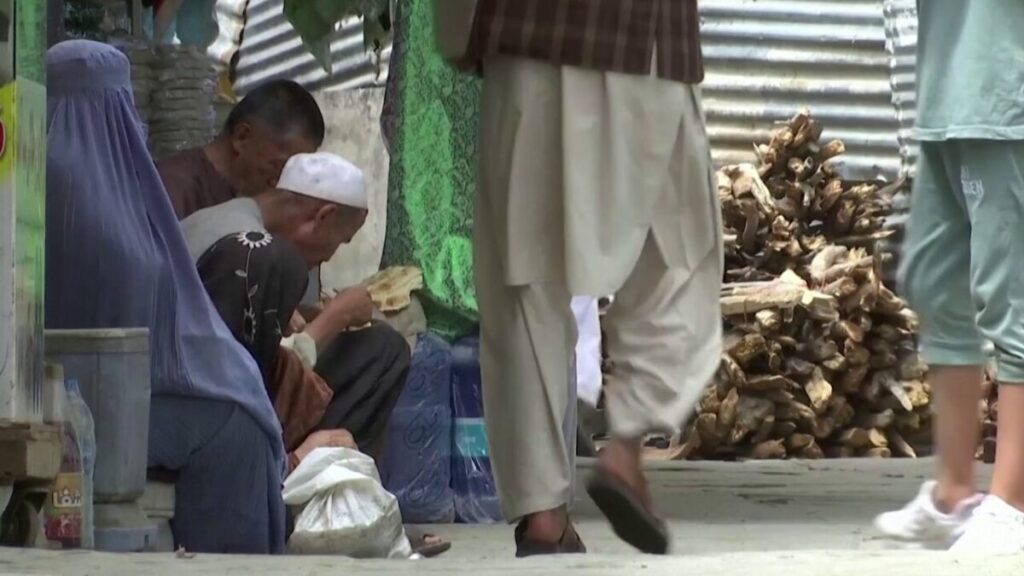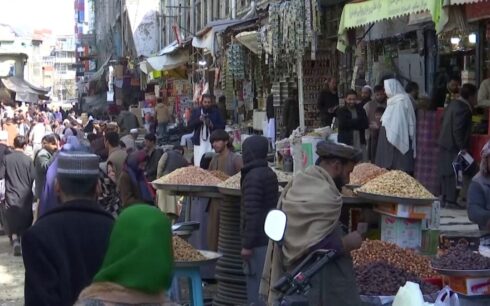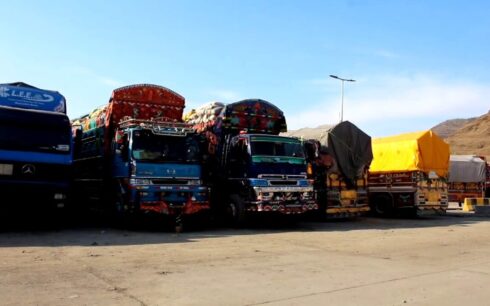With winter fast approaching, concerns over rising poverty and a deepening economic crisis are growing among Afghan citizens. Many in Kabul report struggling to afford basic necessities, including heating materials, as unemployment and inflation continue to soar.
For residents like Hameeda, 36, the challenges are particularly acute. The sole breadwinner for her family of seven, Hameeda works as a cleaner at a private school in Kabul, earning a monthly salary of 4,000 Afghani (roughly $50).
As temperatures begin to drop, she worries that she will not be able to provide the wood and coal needed to heat her home.
“The price of heating materials is very high,” she said. “If possible, the government [Taliban] should do something to lower the prices so that people can at least meet some of their basic needs. Life has always been difficult in Afghanistan, but now it’s becoming unbearable.”
Hameeda’s concerns are echoed by others in the capital. Lima, a fellow Kabul resident, spoke of the desperation caused by widespread joblessness. “Winter is coming, and unfortunately, unemployment has destroyed people’s livelihoods. There’s no income to meet even the most basic needs,” she said.
Zarmeena, another Kabul resident, expressed frustration with the Taliban, criticizing their focus on social restrictions while economic conditions worsen.

“Instead of being preoccupied with women and how they dress, they should focus on rising prices and famine,” she said. “How long will the Taliban continue to put pressure on the poor? Every day, people’s lives become harder. There’s no work, and the problems just keep growing.”
The country’s economic woes are further highlighted by a recent report from the Multidimensional Poverty Index (MPI), jointly published by the United Nations Development Programme (UNDP) and the Oxford Poverty and Human Development Initiative (OPHI). The report found that 70 percent of Afghan children under the age of 18 are living in poverty—significantly higher than the 57.8 percent poverty rate for adults.
The report underscored Afghanistan’s growing child poverty crisis, noting that children now account for 58.9 percent of the country’s poor. In raw numbers, this translates to 15.5 million children living in poverty, compared to 10.8 million adults.
Deprivation in education and nutrition are key drivers of Afghanistan’s poverty crisis, the report found. Over half of Afghan households have at least one child not attending school, and more than 44 percent have at least one child under the age of five suffering from malnutrition.





